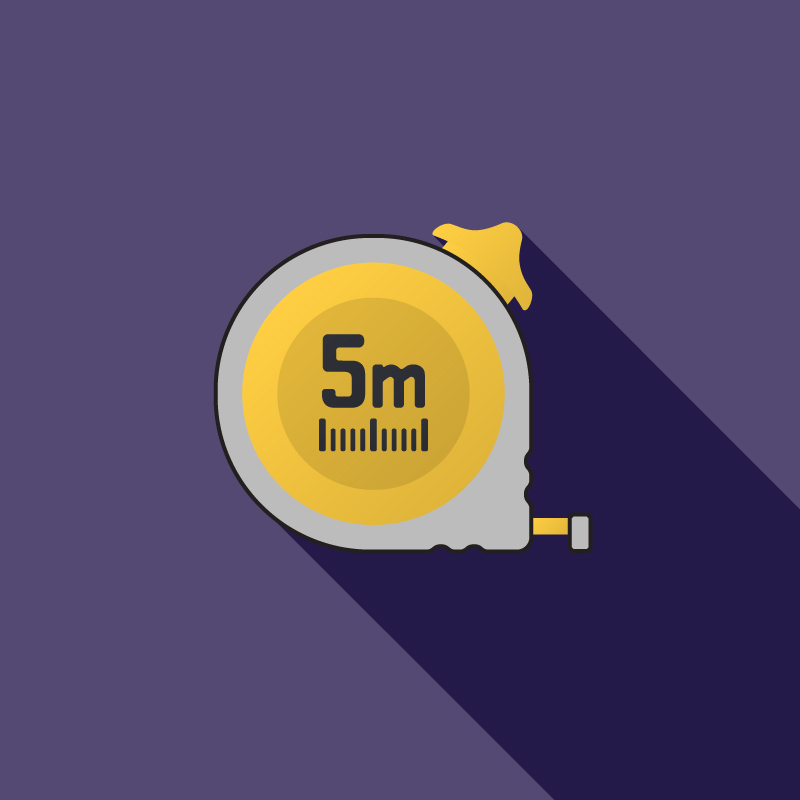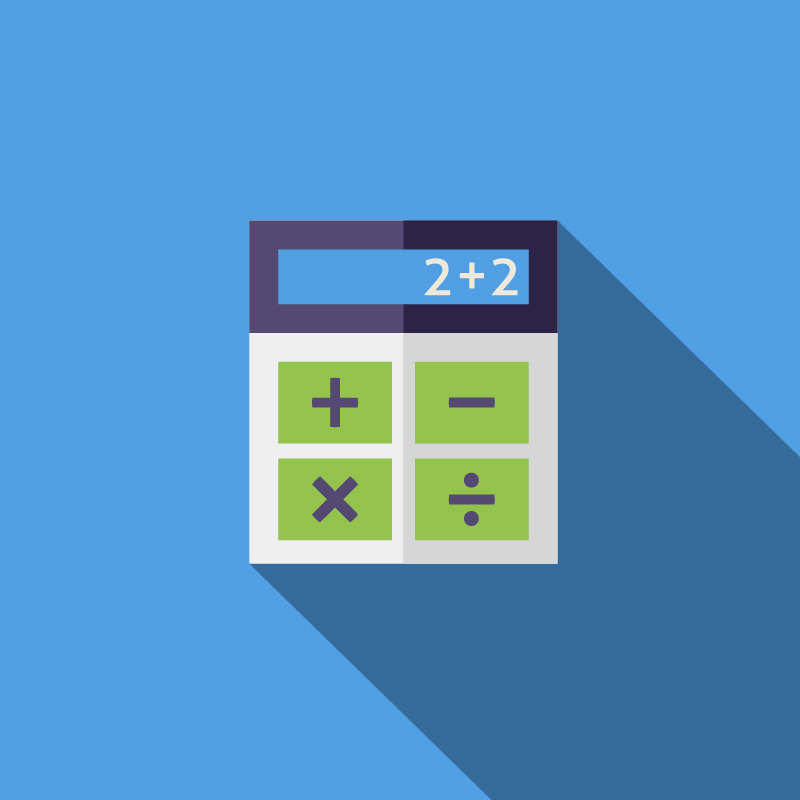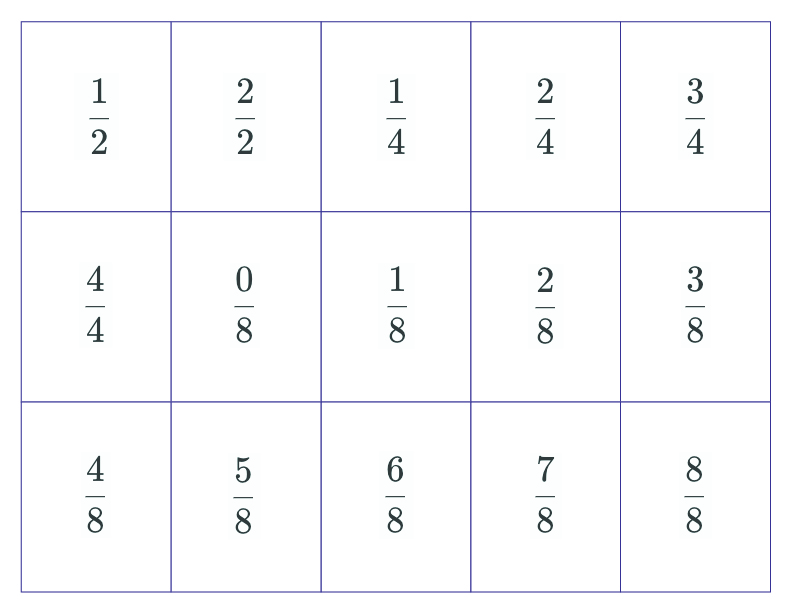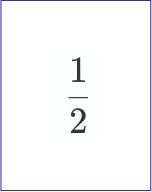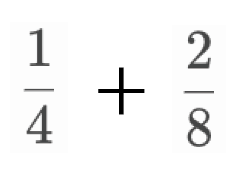
Christie Veitch
Math Tutor, Education Writer & Strategist
Measuring Tutoring Success
How can you measure tutoring success?
The best way to track your child’s progress is by setting measurable goals. In this post, I share how to work with your tutor to define goals and how to leverage those goals to gauge progress.
Before I get started, I should probably mention that I love metrics. I’m not just a math or numbers nerd, I also like creating processes and ways to visualize progress. For me there is satisfaction in not only setting goals but defining the metrics I can use to celebrate those achievements.
Explicit Goals
When you hire a tutor, I encourage you to begin by discussing your goals. It is useful to identify all of the goals that are important for your child, before deciding which ones you want to focus on first. It is also helpful to define short term goals separate from long term goals. Not all short term goals have to build towards a long term goal, but if that’s the intention getting everyone aligned with that is useful.
It is also important to share these goals with your child. A goal that has alignment between parents and children is the best kind and the most likely to result in success.
Here are some examples of explicit short term goals I’ve set with students. (At Woot Tutor, we work with students on a variety of skills, including core math skills, Executive Function skills, and everything in-between to ensure they are successful.)
Working Independently
When I am tutoring a student, I often set a timer so they can try working independently during a session. I tell them we are practicing how they will handle their work during times when we are not working together. This is an ideal way to help my students build confidence during a tutoring session.
Afterwards, they get to experience asking questions that arose while working alone, and see firsthand that it is fine to be unsure and not have all of the answers.
If the long term goals for the same student were, “ability to do 10-15 minutes of math homework a day and stay focused,” it’s easy to connect how building a student’s focus and independence from just a couple of minutes could later help with doing 10-15 minutes of math homework nightly.
Solidifying Key Math Facts
The best part of a goal like honing math facts is the pride students feel when they can see they are able to give answers easily and correctly with no assistance. In the long term, reaching a high level of mastery with math facts is essential as students progress to more advanced math concepts.
Developing Organization Skills
Developing better organization skills is key to succeeding not only in math but in school in general, For example, I might ask a student to have their homework, notebook, and math book ready when tutoring session begins. While preparing the necessary items for tutoring might not be tied to a long term goal, that doesn’t mean it’s not a good goal—it may be the goal we need RIGHT NOW to build good habits!
Simple Measures
Working Independently
Working independently can be measured by having the student try a few problems by themselves or with a timer. Ask the tutor if they can track the number of problems done and the increasing amount of time that the student is able to work alone.
As the student becomes more confident working independently, these are some additional areas that can be tracked:
- Does the student check their work or work problems backwards? How often?
- Does the student correct mistakes?
- Does the student have a checklist or routine when working on word problems?
Measure Recall of Key Math Facts
Clear Communication
Finally, here are a few other examples of things to ask your tutor to monitor that are harder to quantify, but still important. Clear communication with your tutor, and a unified message between you and your child’s tutor can help your child get the most out of the experience.
Here are a couple of examples of ways that you can work on a joint communication plan.
You can do this!
Ask your tutor to let you know if your child says something like “I don’t want to do this.”
Your tutor and you should agree on a consistent response like, “I know. You can not like it, and you can still decide to get better at doing it.”
You should also discuss with your tutor what reactions your child has at different times when gently reminded that, “whether or not they like the work, they can and should do it.”
I’m not good at math.
Have your tutor keep a rough tally of how many times they hear, “I’m just not good at this” and also report when they begin hearing, “I want to get better at this.”
I love reporting the sessions when I start hearing, “Hey, I had some questions I wanted to ask you about ____,” because this indicates the feeling of “crisis” may be giving way to “curiosity”.
Think about what your goals are for tutoring, and ask your child what their goals are. Then imagine and talk about what progress might look like.
Ask your child and their tutor, “what would success look like in this math class?” The answers can guide you in considering ways to measure progress and help frame what the tutoring is accomplishing.
I hope these tips help you set goals when working with a tutor. A great tutor can do more than help your child with a specific topic like math; a great tutor can help your student have the confidence and skills they need to succeed.

